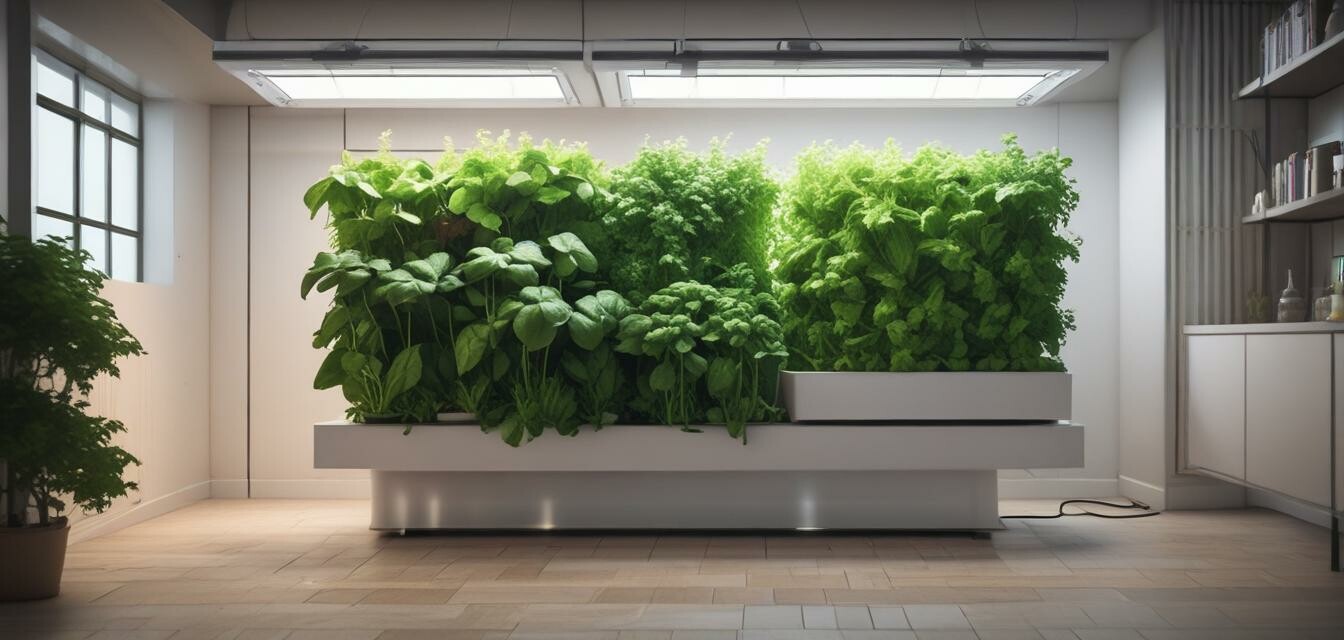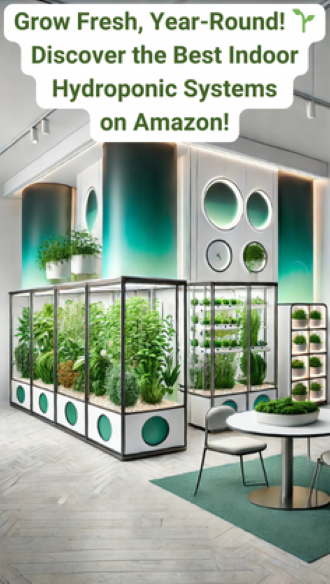
Growing vegetables vertically in hydroponics
Key Takeaways
- Vertical hydroponics maximizes limited indoor space.
- Proper light and nutrient management are essential for growth.
- Regular maintenance and monitoring of pH levels can enhance yields.
- Using multi-layered systems can increase your harvest capacity significantly.
- Choose the right vegetables for vertical growth to ensure success.
Vertical hydroponics is especially popular among urban gardeners and individuals with limited space. This innovative approach allows you to grow a variety of vegetables upwards, rather than spreading them out horizontally. By utilizing a vertical system, you can achieve higher yields in smaller areas, making it a game changer in the world of indoor gardening.
Benefits of vertical hydroponics
Growing vegetables vertically in hydroponics comes with a multitude of benefits. Let’s explore some of these advantages:
- Space Efficiency: Vertical systems make it possible to cultivate more plants in less area, which is ideal for apartments and urban settings.
- Improved Air Circulation: Plants are positioned to receive better airflow, reducing the risk of mold and pests.
- Enhanced Light Exposure: Plants at higher levels can receive optimal light, which is crucial for photosynthesis.
- Reduced Maintenance: Vertical systems often allow for easier access to plants for monitoring and care.
- Visual Appeal: A vertical garden can be a stunning focal point in any home.
Essential equipment for vertical hydroponics
Before starting your vertical garden, it’s important to gather the right equipment. Below is a list of essential items you'll need:
| Equipment | Description |
|---|---|
| Vertical growing system | Structures such as towers or shelves specifically designed for hydroponic growing. |
| Grow lights | LED or fluorescent lights that provide the necessary light spectrum for plant growth. |
| Water pump | A reliable pump to circulate nutrient solutions to your plants effectively. |
| Nutrient solutions | Specialized liquids that provide the essential nutrients for hydroponically grown plants. |
| pH testing kit | A kit to regularly check and maintain the optimal pH levels for your plants. |
Choosing the right vegetables
Not all vegetables grow well in vertical systems. Selecting the right plants is crucial for the success of your vertical hydroponic garden. Here’s a list of vegetables that thrive in vertical conditions:
- Lettuce: A lightweight and fast-growing option.
- Herbs: Varieties such as basil, mint, and parsley work well.
- Tomatoes: Choose determinate varieties that are suited for vertical growth.
- Strawberries: Perfect for vertical setups with hanging planters.
- Spinach: Another leafy green that adapts well to vertical environments.
Best practices for vertical hydroponics
To maximize the potential of your vertical hydroponic garden, consider the following best practices:
- Monitor light exposure: Ensure that all plants receive adequate light by rotating them if necessary.
- Maintain nutrient levels: Regularly check and adjust your nutrient solution for optimal growth.
- Check pH levels: Keep your pH levels within the ideal range (5.5 to 6.5) to promote healthy plant growth.
- Be aware of pests: Regularly inspect your setup for any signs of pests and act swiftly.
- Rotate crops: To maintain soil health and pest control, rotate your crops on a regular basis.
Challenges of vertical hydroponics
Like any gardening method, growing vegetables vertically in hydroponics comes with its challenges. It's important to be aware of these while planning your garden:
- Initial Setup Cost: The cost of equipment can be higher than traditional gardening.
- More Complex Systems: Managing a vertical setup may require more skills and knowledge.
- Water Usage: Although efficient, you must still monitor water use carefully to prevent over-watering.
Pros
- Maximizes space usage.
- Encourages healthier plant growth.
- Attractive and modern aesthetic for home decor.
- Reduces the risk of soil-borne diseases.
Cons
- Higher initial investment.
- Requires regular monitoring and adjustments.
- May require more technical knowledge.
Conclusion
Growing vegetables vertically in hydroponics can be a rewarding and efficient method for urban gardeners. With the right equipment, proper plant selection, and attention to best practices, you can transform any small space into a thriving vertical garden. If you want to expand your hydroponic knowledge further, check out our buying guides and explore more techniques in our growing techniques section.
